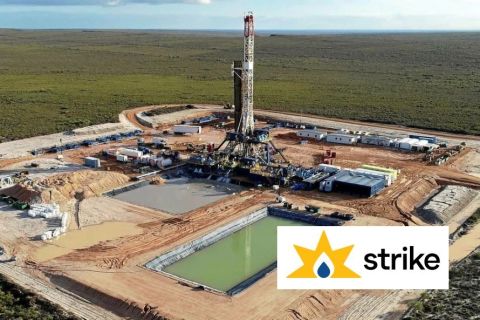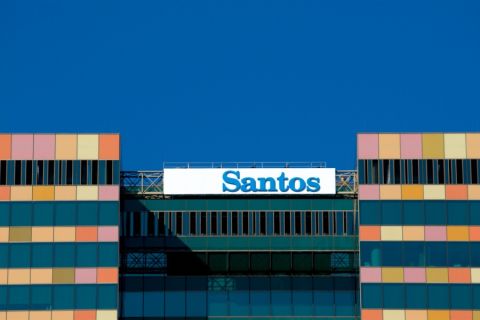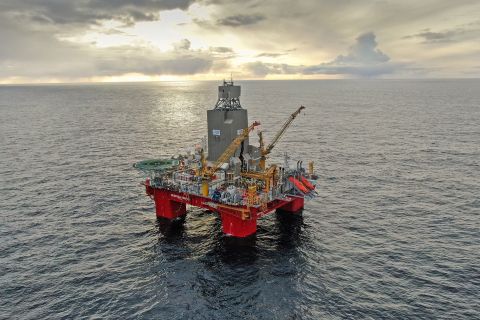Subsea efforts continue to focus on two fronts: first, reducing the flow of oil spilled by physical containment and second, further work on stopping the flow using a “top kill” option.
The containment dome that was deployed last week has been parked away from the spill area on the sea bed. Efforts to place it over the main leak point were suspended at the weekend as a build up of hydrates prevented a successful placement of the dome over the spill area.
A second, smaller containment dome is being readied to lower over the main leak point. The small dome will be connected by drill pipe and riser lines to a drill ship on the surface to collect and treat oil. It is designed to mitigate the formation of large hydrate volumes. This operation has never been done before in 5,000 feet of water.
In addition, further work on the blow out preventer has positioned us to attempt a “top kill” option aimed at stopping the flow of oil from the well. This option will be pursued in parallel with the smaller containment dome over the next two weeks.
All of the techniques being attempted or evaluated to contain the flow of oil on the seabed involve significant uncertainties because they have not been tested in these conditions before.
BP continues to do everything it can, in conjunction with governmental authorities and other industry experts, to find a solution to stem the flow of oil on the seabed.
Work on the first relief well, which began on Sunday May 2, continues. It is expected to take some three months to complete.
Surface Spill Response and Containment Work continues to collect and disperse oil that has reached the surface of the sea. More than 275 vessels are being used, including skimmers, tugs, barges and recovery vessels.
The volume of dispersant applied to the spill on the surface amounts to over 315,000 gallons since the spill response began.
Intensive operations to skim oil from the surface of the water also continued. Some 90,000 barrels of oily liquid has now been recovered.
The total length of deployed boom is now more than 1 million feet as part of the efforts to stop oil reaching the coast.
The cost to date of the response amounts to about $350 million, including the cost of spill response, containment, relief well drilling, commitments to the Gulf Coast States, settlements and federal costs.
Recommended Reading
US Drillers Add Oil, Gas Rigs for First Time in Five Weeks
2024-04-19 - The oil and gas rig count, an early indicator of future output, rose by two to 619 in the week to April 19.
Strike Energy Updates 3D Seismic Acquisition in Perth Basin
2024-04-19 - Strike Energy completed its 3D seismic acquisition of Ocean Hill on schedule and under budget, the company said.
Santos’ Pikka Phase 1 in Alaska to Deliver First Oil by 2026
2024-04-18 - Australia's Santos expects first oil to flow from the 80,000 bbl/d Pikka Phase 1 project in Alaska by 2026, diversifying Santos' portfolio and reducing geographic concentration risk.
Iraq to Seek Bids for Oil, Gas Contracts April 27
2024-04-18 - Iraq will auction 30 new oil and gas projects in two licensing rounds distributed across the country.
Vår Energi Hits Oil with Ringhorne North
2024-04-17 - Vår Energi’s North Sea discovery de-risks drilling prospects in the area and could be tied back to Balder area infrastructure.



